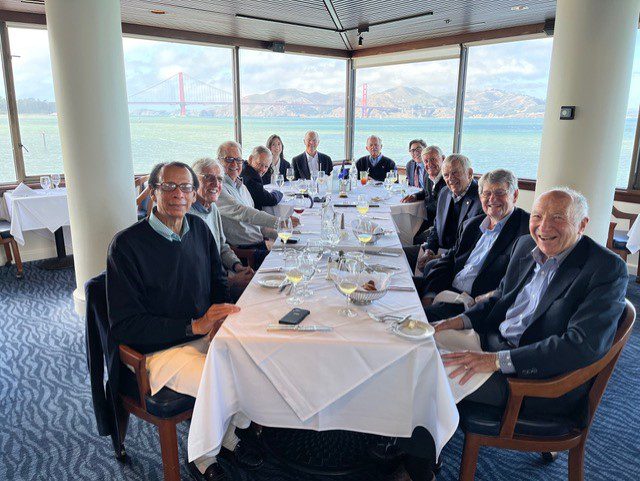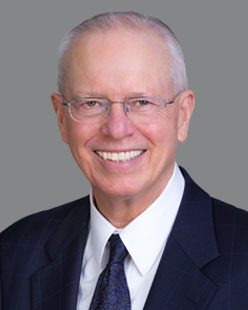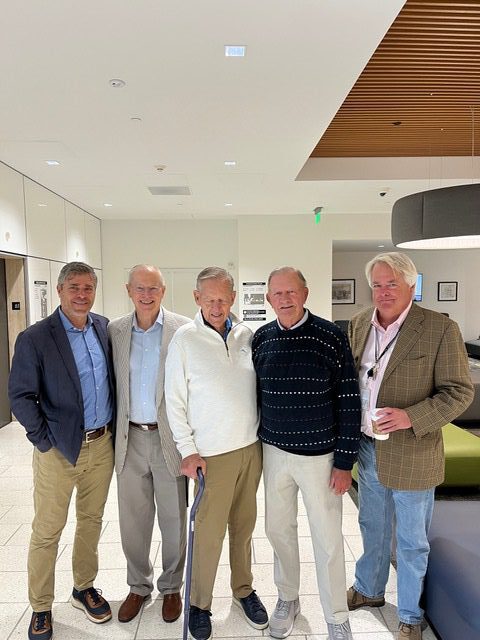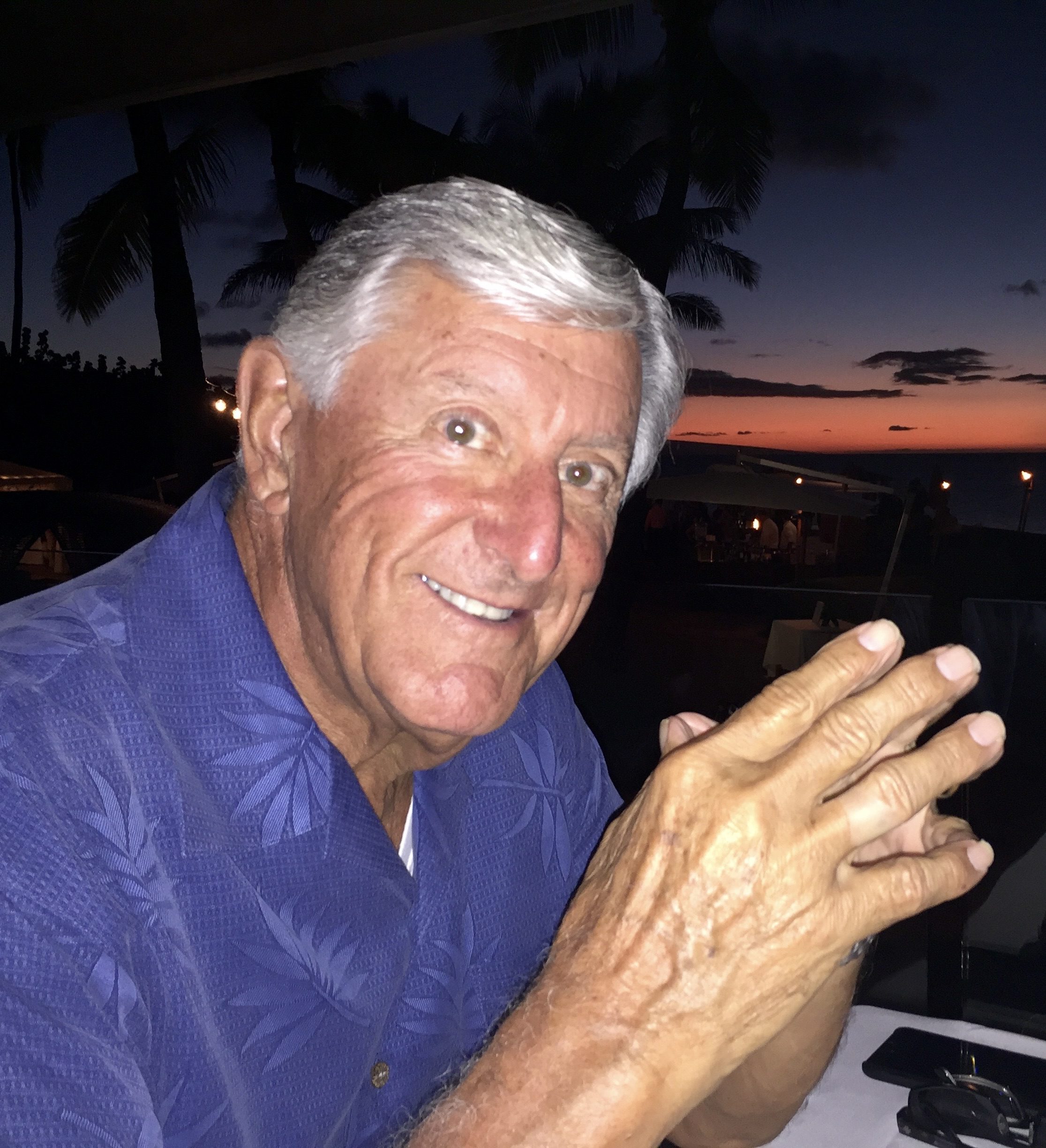Class of '66 Alumni Reconnect with Fellow UC Law SF Grads

Members of the UC Law SF graduating Class of 1966 gathered for a special luncheon at the Saint Francis Yacht Club in September. Clockwise from bottom-left are Donald Mitchell, Peter L. Sanford, Judge William C. Harrison (Ret.), William J. McLean, Assistant Chancellor & Dean Jenny Kwon, Judge Leslie C. Nichols (Ret.), Bruce H. Munro, Chancellor & Dean David Faigman, Gary L. Olimpia, Stephen W. Player, Justice Christopher C. Cottle (Ret.), and Bernard W. Nebenzahl.
When Les Nichols ’66 stepped through the glass doors of UC Law SF’s new 14-story campus building, fond memories of his law school days from more than 55 years ago bubbled to the surface of his mind.

Leslie “Les” Nichols ’66 is a retired Judge of the Santa Clara County Superior Court and former mayor of the city of Mountain View, California.
He remembered the lasting friendships he forged with fellow classmates and the brilliant professors of The 65 Club who provided the best legal education one could get for a mere $230 a year in in-state tuition, worth about $2,300 in today’s dollars.
“We felt very privileged to be there,” Nichols said. “We had tremendous professors.”
Nichols, a retired Santa Clara County Superior Court Judge and former mayor of Mountain View, California, recently met up with his former law school chums for a campus tour and special luncheon at the Saint Francis Yacht Club attended by Chancellor & Dean David Faigman and Assistant Chancellor & Dean Jenny Kwon.
Among the 10 members of the Class of ’66 who attended the luncheon was Peter L. Sanford. He recalled how different things were when he first started law school in 1963, the same year President John F. Kennedy was assassinated. The campus consisted of just one high-rise building known as Snodgrass Hall. It has since been replaced with a new 14-story structure at 198 McAllister St., now one of four campus buildings stretching across nearly two city blocks.

Class of ’66 alumni took a tour of new campus buildings in September. From left to right are UC Law SF Chief Development Officer Eric Dumbleton, Judge Leslie C. Nichols (Ret.), William J. McClean, Bruce H. Munro, and UC Law SF Chief Financial Officer David Seward.
“I feel grateful for the inexpensive, quality education it provided and the profession it allowed me to practice for so many years,” said Sanford, who worked for over five decades as an attorney specializing in estate planning, business, and tax law.
The campus isn’t the only thing that changed over the last 57 years. When Nichols and Sanford started law school, only two women were in their class. Today, women make up more than half of UC Law SF’s first-year students. Nowadays, many UC Law SF students work as research and teaching assistants. In the mid-1960s, some students worked as law school janitors.
At that time, around half of the students entering law school weren’t expected to graduate. There were no academic support programs, such as the Sack Program, Legal Education Opportunity Program, or First Generation Program, that UC Law SF has today. Only about 50% of students who started at UC Law SF in 1963 ended up leaving with law degrees three years later.
“I found it was very stressful in law school,” said William J. McLean ’66, echoing a sentiment still shared by many of today’s law students. “The thought of failure was always present.”
McLean entered law school after a three-year tour of duty with the U.S. Army, where he served as a tank platoon leader during the Cuban Missile Crisis and later played volleyball for a U.S. military team internationally. During law school, he met fellow veterans who became some of his best friends. After graduating, he worked as a trial attorney at what would later become Thoits Law, trying some 125 jury trials over 55 years.
Fellow ’66 alumnus Gary L. Olimpia said he enjoyed reminiscing with former classmates at the Saint Francis Yacht Club this fall. He said these types of gatherings enable him to maintain strong relationships with fellow grads and hear about the law school’s new campus buildings, programs, and other offerings.

Gary Olimpia ’66 launched and managed his own successful law firm of 25 attorneys from 1985 to 2010.
“The growth of UC Hastings, now UC Law San Francisco, has been remarkable and very pleasing to observe,” said Olimpia, who worked for 20 years as a partner at two different law firms before launching and managing his own firm of 25 attorneys from 1985 until his retirement in 2010.
This wasn’t the first time a group of Class of ’66 alums came together to organize something special. In 1991, for their 25-year reunion, a group of alums launched a fundraising campaign for a new program that would invite a distinguished practitioner to teach two courses at UC Law SF each year.
Though they didn’t initially meet their $125,000 goal for that program, they kept raising money and eventually helped create the Class of 1966 Scholarship. First awarded in the 1995-1996 school year, the annual scholarship goes to a third-year student that demonstrates financial need, has shown leadership qualities through volunteer service, and ranks among the top 30 in their class by the end of their second year.
The scholarship has been awarded to 28 law students over the last three decades, and the fund’s balance has risen to $256,844. Nichols said he hopes his classmates will keep donating so they can reach $300,000 and expand the scholarship to more deserving students.
“It’s about providing opportunities for others that we had,” Nichols said. “It’s also recognizing that these are challenging times, and we need the very best to come forth, step up, protect democracy, and assert the rights of all people in a vigorous system of checks and balances.”